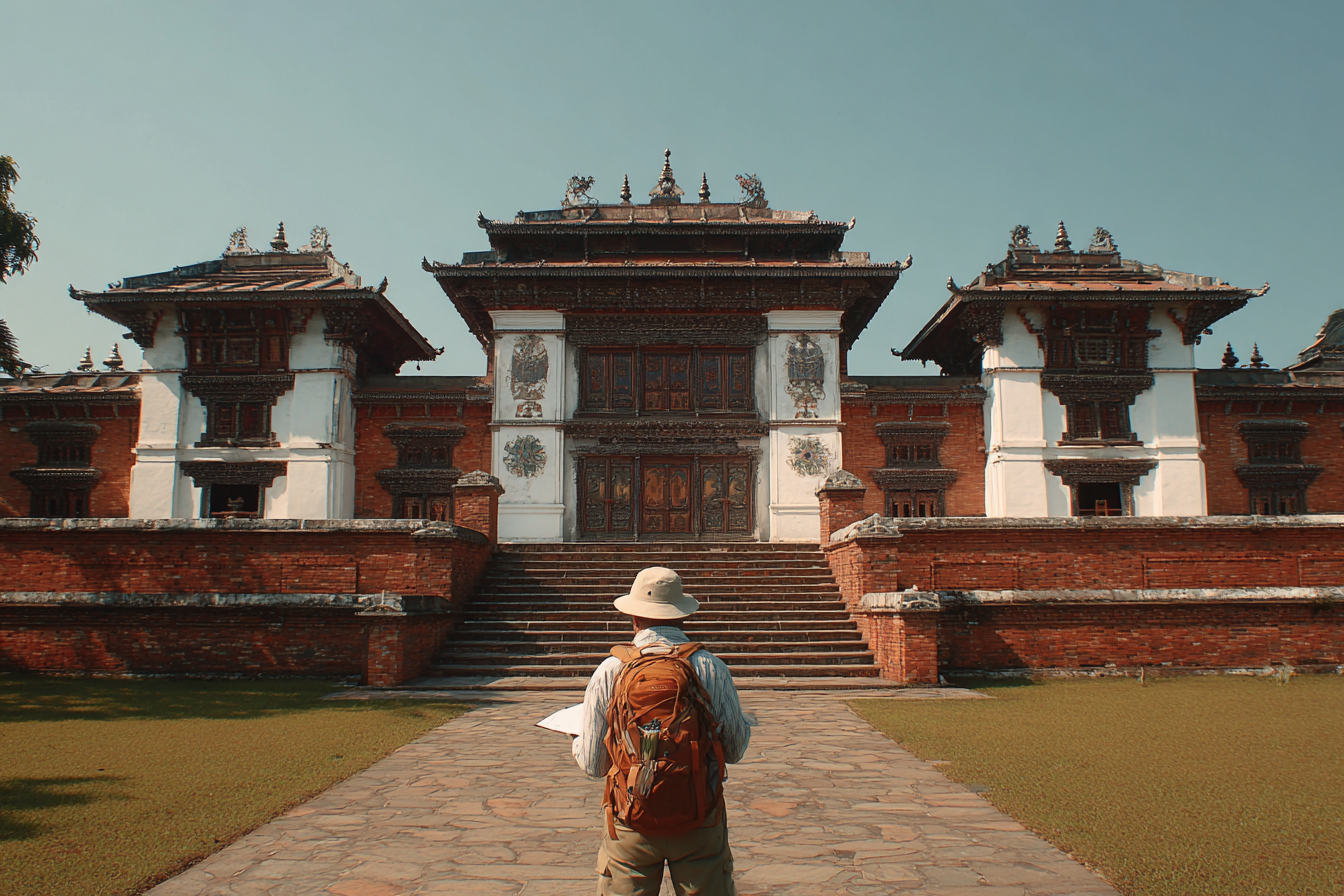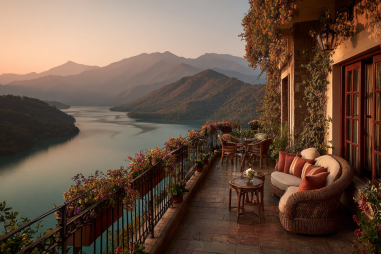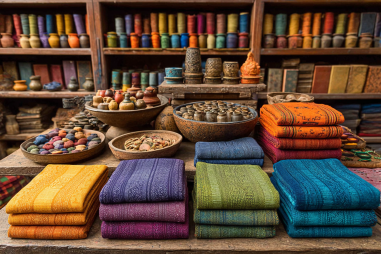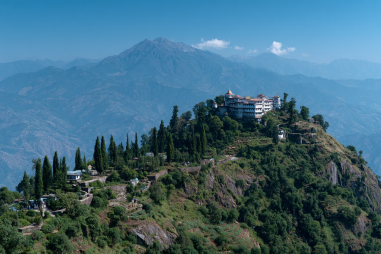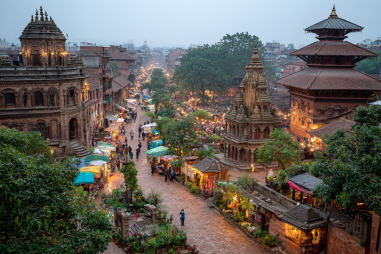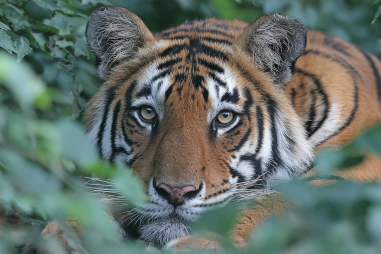Planning your first trip to Lumbini, Nepal—the birthplace of Lord Buddha and a UNESCO World Heritage Site—can be an exciting yet overwhelming experience. To help you make the most out of this spiritual and historical journey, we’ve compiled essential travel tips covering cultural customs, visa requirements, weather-appropriate clothing, budgeting, health and safety, language, and transportation. Whether you’re visiting for pilgrimage, sightseeing, or cultural exploration, following these guidelines will ensure your visit is smooth, respectful, and enjoyable.
Cultural Dos and Don’ts
Lumbini is a deeply sacred place for Buddhists around the world, so respecting local customs and traditions is paramount. When visiting temples and monasteries, dress modestly—covering your shoulders and knees is advisable. Remove your shoes before entering any religious buildings and avoid touching statues or relics, as this can be considered disrespectful.
Keep your voice low and maintain a calm demeanor while inside sacred sites. Photography may be restricted in certain areas, so always look for signs or ask permission before taking pictures. Avoid public displays of affection, which may be frowned upon, and don’t point your feet towards shrines or monks, as feet are regarded as the lowest part of the body in Buddhist culture.
When greeting locals, a respectful “Namaste” with palms together and a slight bow is appreciated. It’s also polite to accept offerings or invitations with your right hand or both hands. Avoid raising your voice or engaging in heated debates, as harmony and respect are deeply valued here.
Visa and Border Crossing Tips
Most travelers visiting Lumbini will enter Nepal through Tribhuvan International Airport in Kathmandu or via land border crossings, commonly from India. If you are entering by land, the nearest border points connecting India to Nepal are Sunauli and Raxaul, which are both accessible and popular for travelers heading to Lumbini.
Tourists from most countries can obtain a visa on arrival at Kathmandu airport or major land border crossings. The visa application process is straightforward—bring your passport (valid for at least six months), passport-sized photos, and the visa fee in cash (usually in US dollars or Nepalese rupees). It’s advisable to have small denominations to ease processing.
Make sure you check the latest visa regulations ahead of time, as policies can change. If you’re traveling from India, you generally do not need a visa to enter Nepal but must carry valid travel documents. Also, keep in mind customs regulations and be prepared for occasional delays during weekends or public holidays.
Weather and Clothing Recommendations
Lumbini experiences a subtropical climate with distinct seasons that influence what to pack. The best time to visit is during the autumn months (September to November) when the weather is mild and clear, offering perfect conditions for sightseeing and outdoor activities.
Winters (December to February) can get quite chilly, especially in the mornings and evenings, so pack warm layers like sweaters, jackets, and scarves. Summers (March to June) tend to be hot and humid, so lightweight cotton clothes, sun hats, sunglasses, and sunscreen are essential.
Additionally, having comfortable walking shoes is important since you’ll likely be exploring ancient ruins, monasteries, and gardens on foot. For visits to religious sites, make sure your clothing covers both shoulders and knees to show respect. Bringing a lightweight shawl or scarf can be handy for this purpose.
Currency and Budgeting
The official currency in Lumbini, as in all of Nepal, is the Nepalese Rupee (NPR). ATMs and currency exchange services are available in Lumbini’s town center, but it’s a good idea to carry some cash with you, especially in smaller denominations, for local markets, public transport, or tips.
Credit cards are accepted at some hotels and larger establishments, but in many places, cash remains king. Budget-wise, Lumbini is quite affordable for travelers. Accommodation ranges from modest guesthouses to more upscale hotels to suit various price points. Meals at local restaurants are inexpensive, offering delicious Nepali and Indian cuisine, including vegetarian options.
To manage your expenses, consider budgeting for entrance fees to monuments, local guides, transportation, meals, and souvenirs. Bargaining is common at markets but always done respectfully. Carrying a secure money belt or travel pouch is recommended to keep your cash and valuables safe.
Health and Safety Advice
Maintaining your health and safety during your trip to Lumbini is crucial. Before traveling, consult your healthcare provider about recommended vaccinations such as Hepatitis A and B, Typhoid, and Tetanus. Make sure your routine immunizations are up to date. Although Lumbini’s town is relatively clean, always drink bottled or boiled water to avoid waterborne illnesses.
Carry basic medications for common travel ailments like diarrhea, headaches, and allergies, as local pharmacies might have limited options or different brands. Practice good hygiene and wash your hands regularly.
In terms of safety, Lumbini is generally peaceful and safe for tourists. However, exercise normal precautions such as avoiding walking alone at night, keeping an eye on personal belongings, and staying informed about local news or travel advisories. If you plan to explore remote areas around Lumbini, consider hiring a local guide for added security and insight.
Communication and Language Tips
The primary language spoken in Lumbini is Nepali, but given its international significance, you will find many people, especially in hotels, restaurants, and tourist spots, who speak basic English. Learning a few simple Nepali phrases such as “Namaste” (hello) and “Dhanyabad” (thank you) will enrich your interactions with locals and show cultural respect.
SIM cards from Nepali telecom providers can be bought easily at the airport or local shops, offering affordable data plans so you can stay connected while exploring. Wi-Fi is available in many hotels and cafes, although sometimes the speed and reliability can vary. Having offline maps or a translation app downloaded before your trip can be very handy in areas with limited connectivity.
Transportation and Connectivity
Getting to Lumbini is straightforward by either domestic flight, bus, or private vehicle. From Kathmandu, you can catch a domestic flight to Bhairahawa Airport, which is approximately 25 kilometers from Lumbini, followed by a taxi or local bus ride. Alternatively, buses run regularly from Kathmandu and nearby Indian cities to Lumbini, offering scenic and budget-friendly travel options.
Within Lumbini, transportation options include cycle rickshaws, taxis, and motorbikes, which can be hired for short trips around the pilgrimage site and town. Walking is also a pleasant way to explore the extensive gardens and monasteries at a leisurely pace.
When hiring transport or guides, it’s advisable to agree on prices in advance to avoid any misunderstandings. Additionally, keep offline copies of important addresses and contact numbers, as GPS may not always be reliable inside the temple zones.
Travel Smart in Lumbini
Visiting Lumbini can be a profoundly moving experience enriched by careful planning and cultural respect. By honoring local customs, preparing for the climate, managing your budget wisely, and taking safety precautions, you set yourself up for a trip that is both fulfilling and hassle-free. Embrace the opportunity to connect with the spiritual heritage and warm-hearted people of Lumbini with an open mind and heart, and your journey will surely be memorable.

